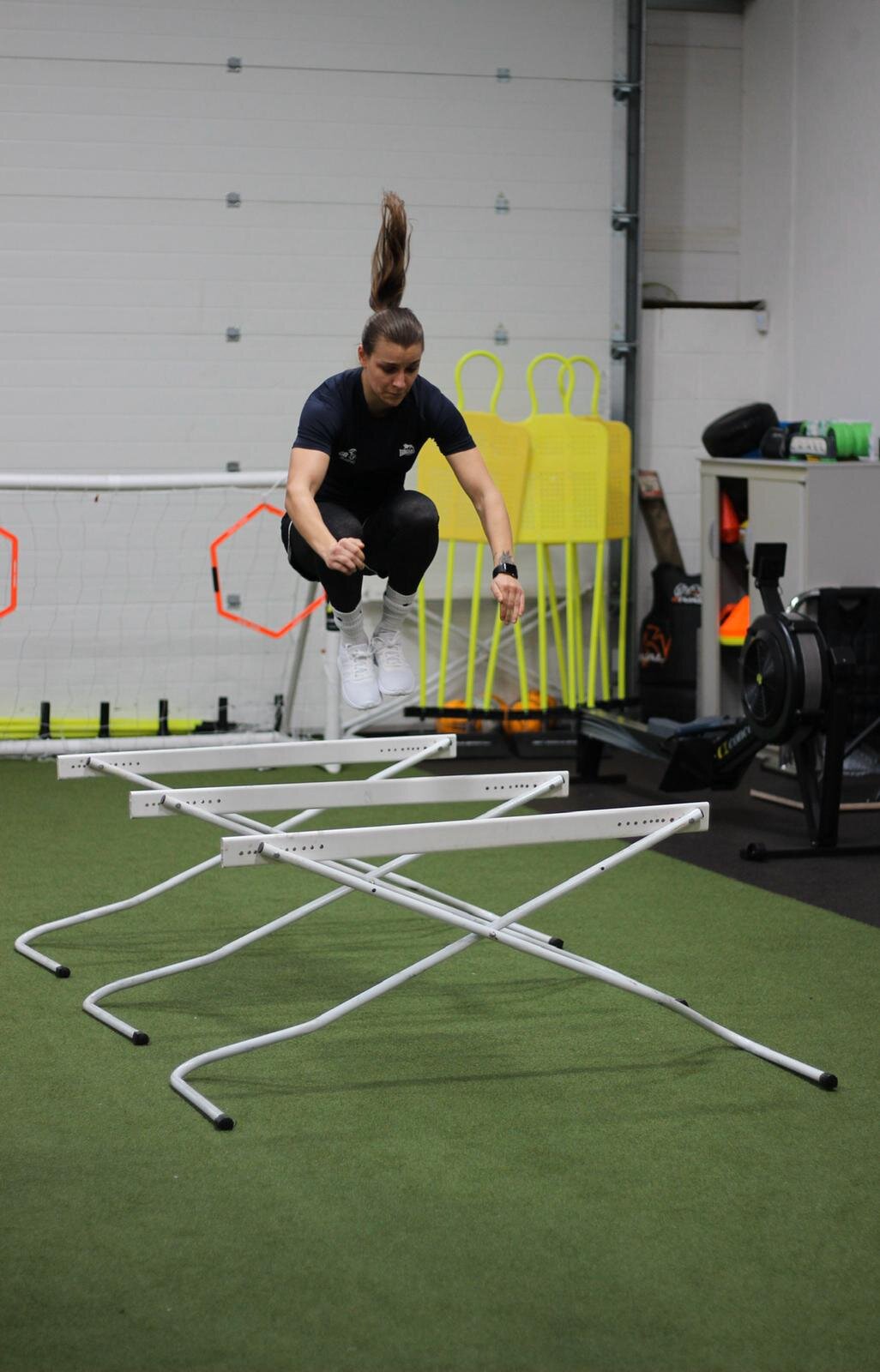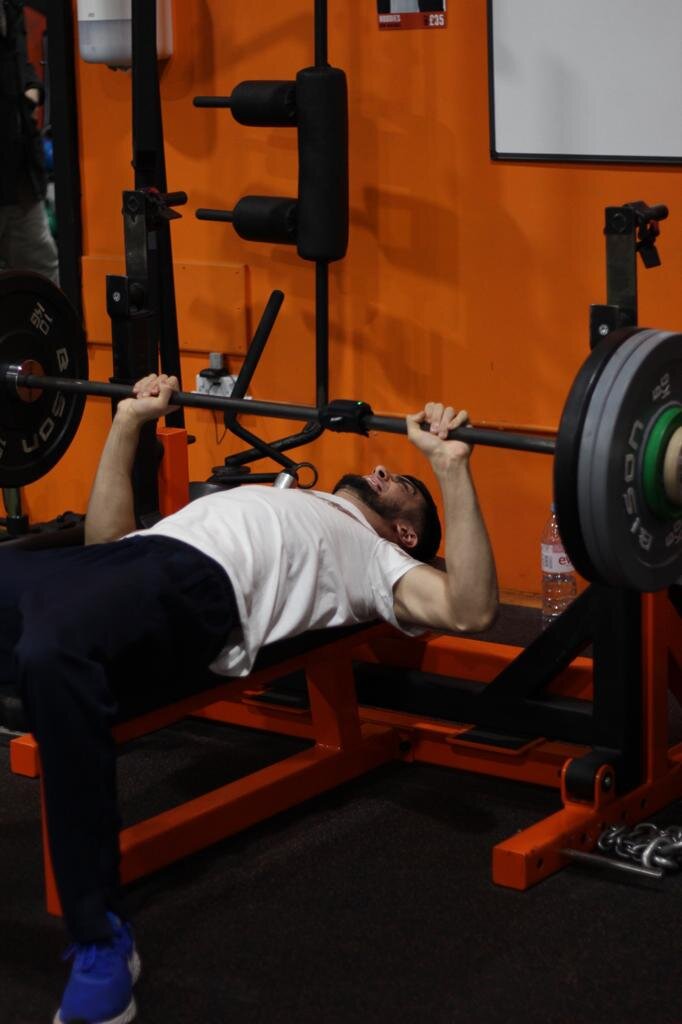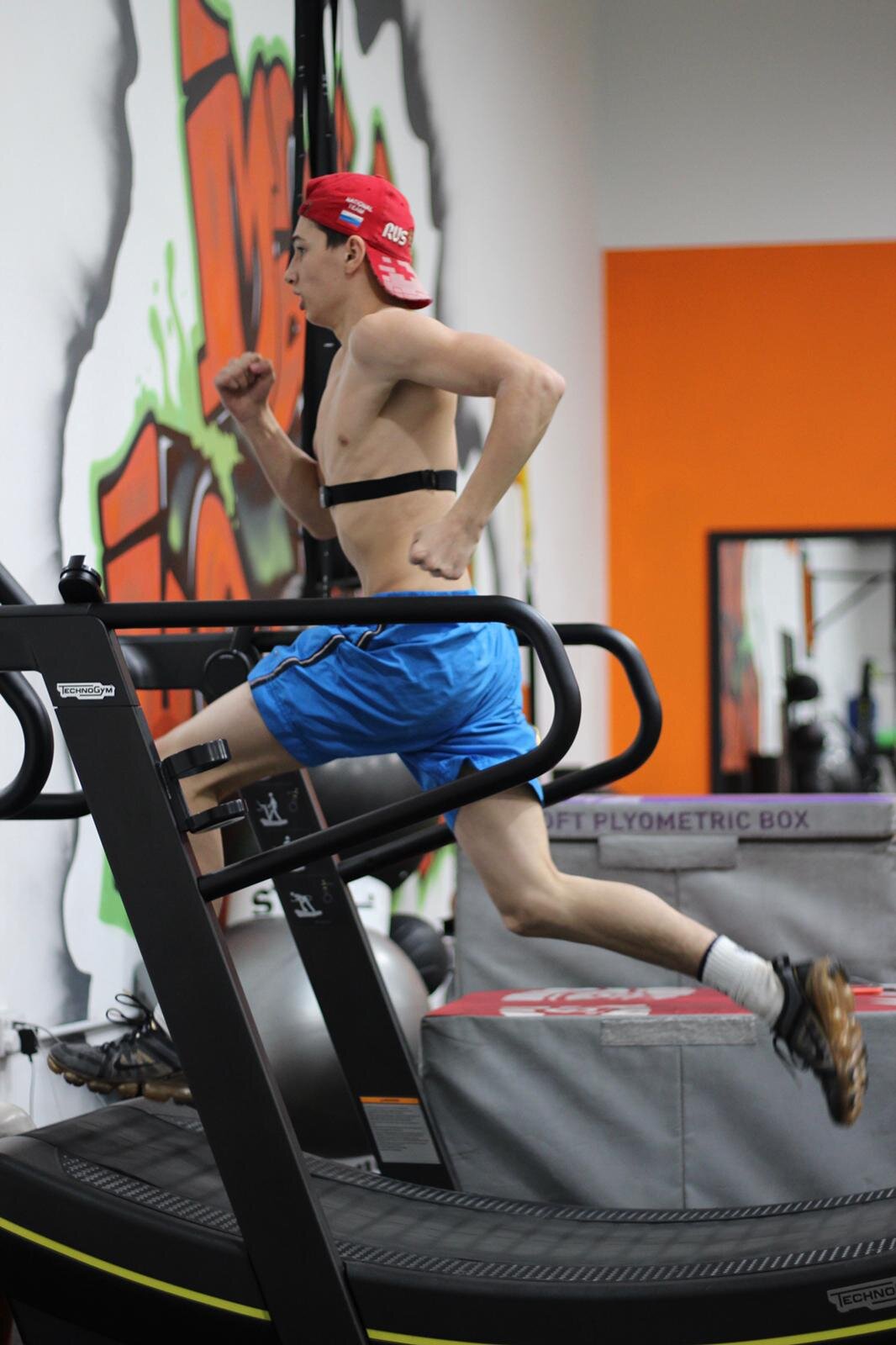Some of the top athletes in the world rely on plyometrics to become faster, more agile and to improve their overall explosiveness.
So why do many football players and coaches shy away from plyometrics?
Some say they can be dangerous.
Others say they’re not necessary for football players because jumping isn’t an inherent focus in every game or for every position.
A few even go so far as to say that unless an athlete can squat 2x their own bodyweight, they shouldn’t be jumping at all.
However, plyometrics are about more than just jumping!
Plyos are used to train what’s known as the “stretch shortening cycle”.
The stretch-shortening cycle (SSC) refers to the ‘pre-stretch’ or ‘countermovement’ action that is commonly observed during movements such as jumping. This pre-stretch allows the athlete to produce more force and move quicker. Though there is controversy surrounding the mechanics responsible for the performance improvements observed from using the SSC, it is likely to be a combination of the active state and the storage of elastic energy within the tendon. Research suggests that training methods which improve muscular pre-activity, such as plyometric and ballistic training, may be beneficial for improving athletic performance.
According to the research, plyometrics training can enhance muscle strength and power (Markovic et al., 2007), speed (Diallo et al., 2001; Impellizzeri et al. 2008; Michailidis et al., 2013) and agility (Arazi et al., 2012; Ramirez-Campillo et al., 2014,).
Studies have found positive effects of short-term plyometrics training on jumping performance in football and other team sport games. It has been reported that plyometric training induces specific neural adaptations such as increased activation of motor units and less muscle hypertrophy than typically observed after heavy-resistance strength training (Sale, 1991).
Plyos are characterised by their use of the stretch-shortening cycle (SSC) that develops during the transition from a rapid eccentric muscle contraction (deceleration or a negative phase) to a rapid concentric muscle contraction (acceleration or a positive phase) (Bedoya et al., 2015; Makaruk et al., 2014; Michailidis et al., 2013). SSC tasks take advantage of the elastic properties of connective tissue and muscle fibers by allowing the muscle to accumulate elastic energy through the deceleration/negative phase and release it later during the acceleration/positive phase to enhance muscle’s force and power output (Michailidis et al., 2013; Padulo et al., 2013).
Therefore, this regime of SSC muscle contractions is a typical part of muscle activity in a number of specific team sport activities including acceleration, changing of directions, vertical and horizontal jumps.
A study by Del Vecchio et al examined the effects of plyos on physical fitness in team sports athletes.
It found that plyometrics training for 4–16 weeks can improve physical fitness in team sport players.
Plyos with low intensity or without progression has lower effects than moderately high intensity and progressive drills. Also the combination of a number of plyometric drills is a more effective method compared to single plyometric drills (i.e. do more than one plyo drill during your sessions). Furthermore, the combination of unilateral and bilateral jump drills seems more advantageous to induce significant performance improvements during high-intensity short-term plyometric training in team sport players.
The general recommendation states that more than 8 weeks of systematic plyometrics training is necessary to improve physical performance in elite players.
However, for children and youth amateurs, short term (<8 weeks) has the potential to enhance a wide range of athletic performance (i.e. jumping, sprinting and agility).
The truth is plyometrics are a key factor in getting faster, more explosive, and developing a quicker first step.
They can even support your kicking power.
There’s no minimum amount of weight you need to squat before using plyometrics.
And there’s no fear of injury, unless you’re performing them wrong.
Plyometrics are just another tool that will help you achieve success.
If you want to be a better overall athlete, you need to be doing plyometrics! Don’t let the misconceptions hold you back any longer!
Dishon Bernard
Manchester United F.C Defender
References:
1. Slimani M, Chamari K, Miarka B, Del Vecchio FB, Chéour F. Effects of Plyometric Training on Physical Fitness in Team Sport Athletes: A Systematic Review. J Hum Kinet. 2016;53:231-247. Published 2016 Oct 14. doi:10.1515/hukin-2016-0026










